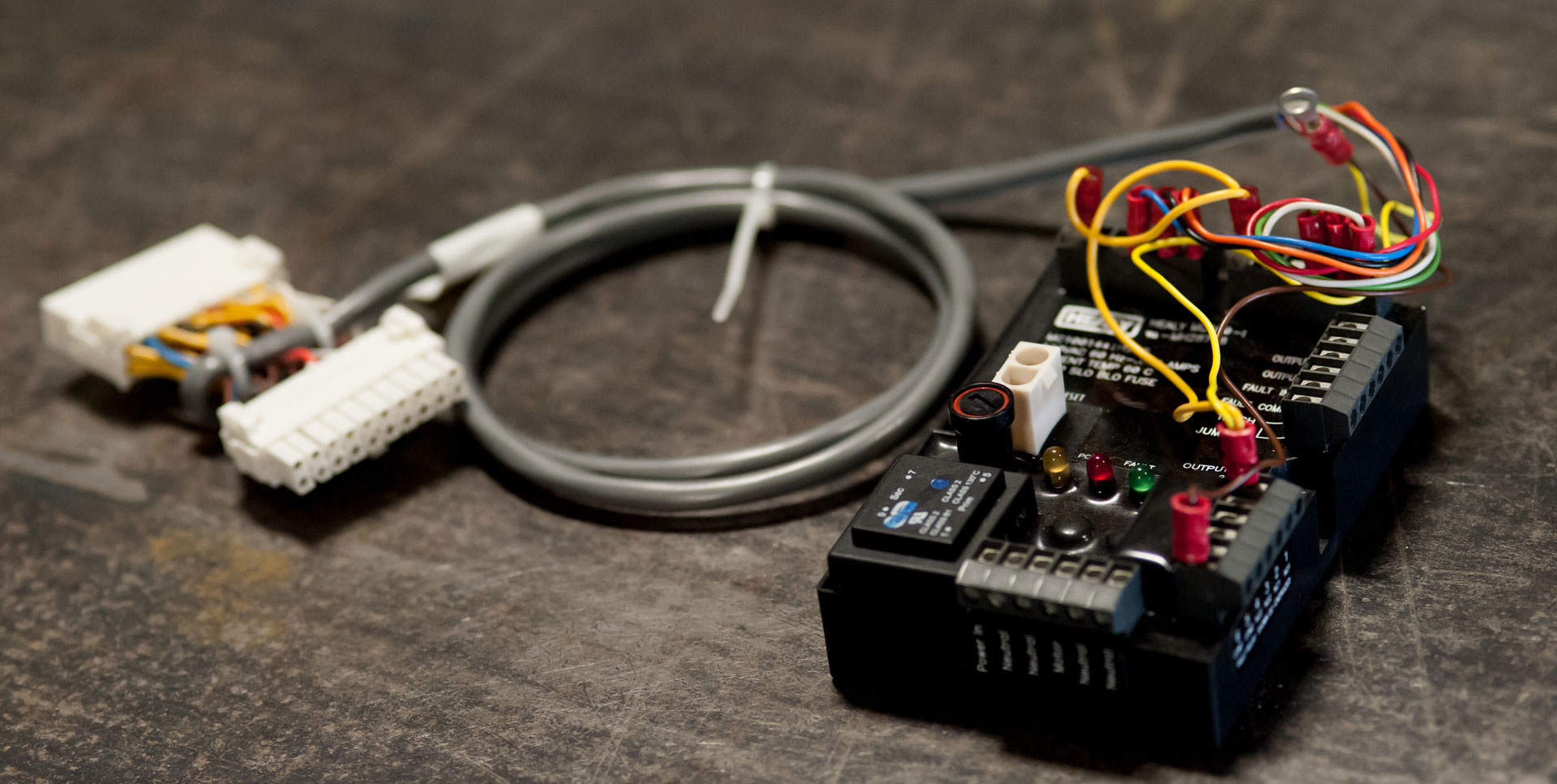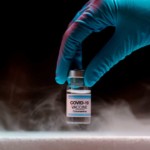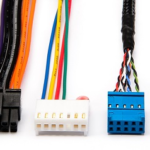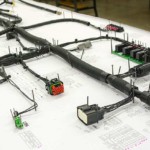Do you need to design electronic products that are lighter, smaller, and more robust? In a recent article, ConnectorSupplier.com described connector and cable assembly considerations for medical devices and equipment. These products need to meet especially challenging requirements, but the following considerations apply to other industries as well.
- Safety
- Durability
- Special materials
- Form, fit and function
- Performance
Let’s take a closer look.
#1 Safety
Do your connectors and cable assemblies need to meet industry standards or regulatory requirements for safety? If you sell industrial equipment to Europe, then it’s time to check your components and wire and cable to determine if they’re RoHS 3 compliant. The latest RoHS standard restricts the use of four additional hazardous materials found in electrical and electronic products.
#2 Durability
Do your connectivity components need to transmit power, data, and/or signals while resisting electromagnetic magnetic interference (EMI), extreme temperatures, rough handling, fluids or gases? Do they need to withstand shock and vibration, or support repeated plugging or unplugging? Medical devices and equipment aren’t the only products that need to be durable.
#3 Special Materials
Do you need connectors and custom cable assemblies that are made of special materials? For example, medical devices and equipment may require polymers that meet USP Class VI requirements for biological reactivity. The connectivity components used in industrial applications may need plastics that meet UL flammability standards instead.
#4 Form, Fit and Function
Do you need connectors that mate securely, install readily, and promote ease-of-integration? Terminal position assurance (TPA) devices, polarization features, and keying mechanism can help. Form, fit, and function can make or break a product design, so it pays to partner with an electronic manufacturer who can provide the engineering support that you need.
#5 Performance
Contacts are the core of connector technologies. For designers of medical devices and equipment, connectors with ruggedized contact designs can help to achieve and maintain performance under demanding conditions. As electronic products become lighter, smaller, and robust, designers in all industries need to consider connector requirements with care.
Do you have questions about connectivity components? SHINE is ready to help. To learn more, contact us.






